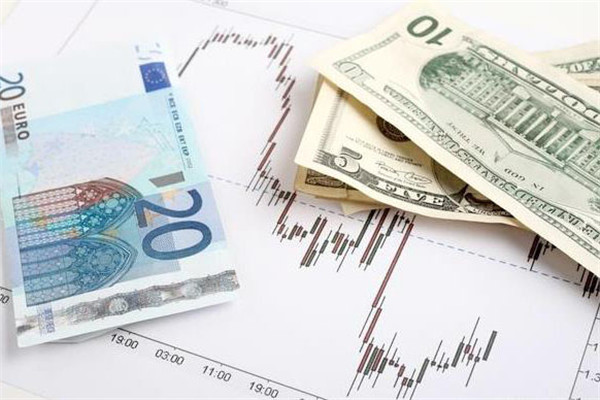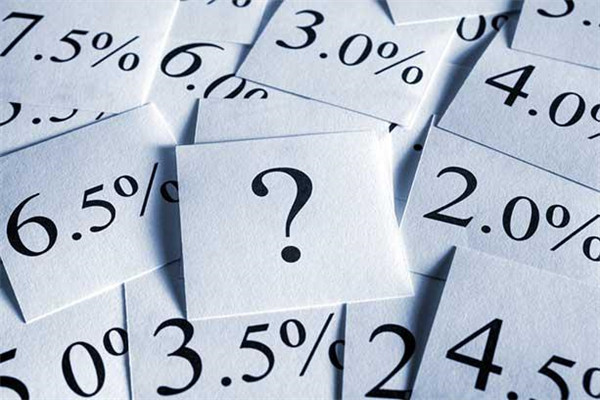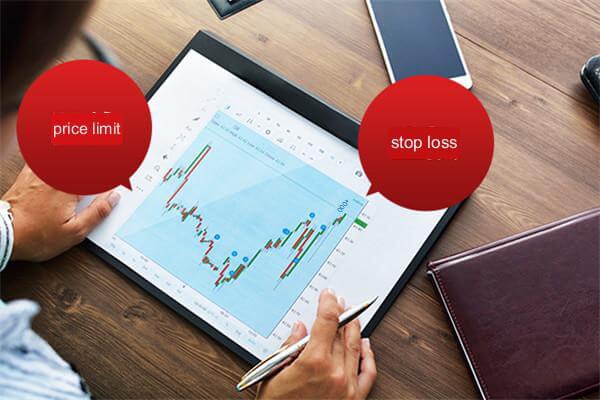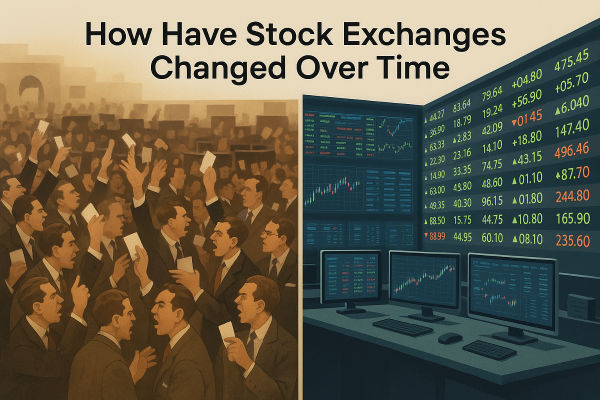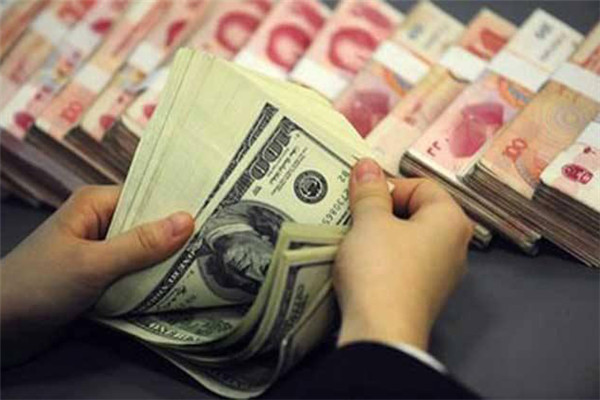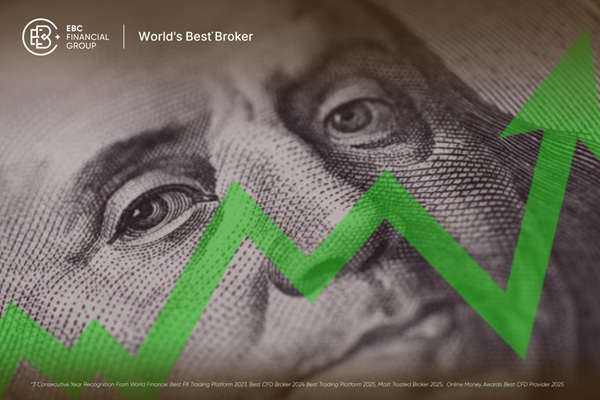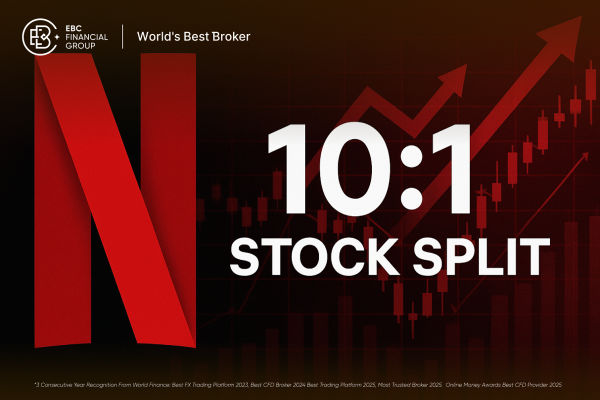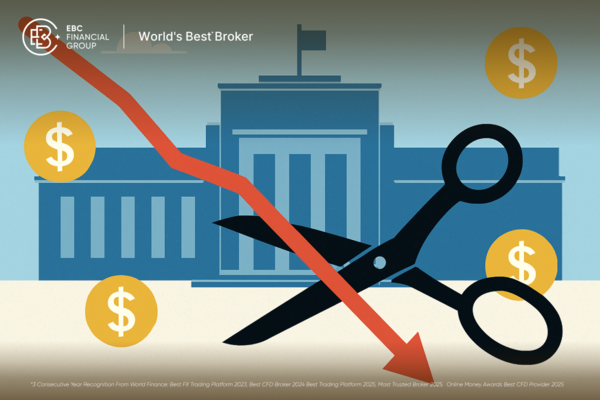Understanding Two-Ways Forex Quotations
Foreign exchange quotation adopts a two-way quotation, where the bidder provides both the buying and selling exchange rates of the benchmark currency.
Taking A/B=1.1500/10 as an example, A is the benchmark currency and B is the quotation currency. The former is the exchange rate at which the quoting party purchases the reference currency A (buying one reference currency to pay the quantity of reference currency B), while the latter is the exchange rate at which the quoting party sells the reference currency A (selling one reference currency A to charge 1.1510 reference currency B), and the difference between the buying and selling prices serves as the income for the quoting party's intermediary.
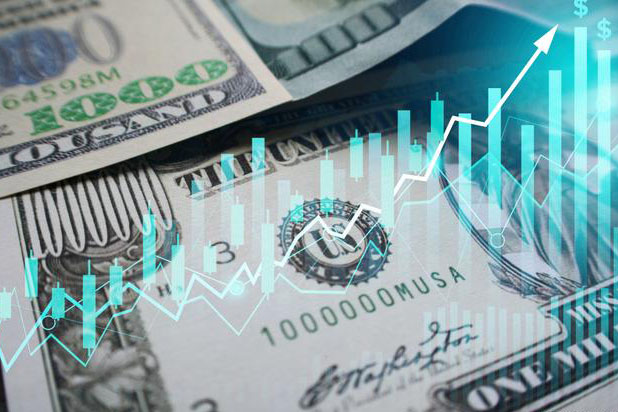
How to Calculate the Exchange Rates
1. The Concept of Exchange Rate
Foreign exchange rate is the rate, price, or exchange rate at which one country's currency is converted into another country's currency; It can also be said that it is the "price" of foreign currency expressed in domestic currency. Due to international trade and non trade transactions, countries need to handle international settlements. Therefore, a country's currency has a fixed exchange rate for other countries' currencies, but the most important one is the exchange rate for a few countries' currencies such as the US dollar.
2. Pricing Method for Exchange Rates
To convert the currencies of two countries, it is first necessary to determine which country's currency is used as the standard. Due to different determination criteria, there are two pricing methods for external exchange rates (Quotations).
Using 1 unit or 100 units of foreign currency as the standard and converting it to a certain amount of domestic currency is called the direct pricing methodQuotations. Under the direct pricing method, the amount of foreign currency remains fixed, while the amount of domestic currency changes with changes in the value of foreign currency or domestic currency.
The vast majority of countries adopt the direct pricing method. Some countries have lower value units of currency, such as the Japanese yen and the Italian lira, which are now sometimes converted to either 100, 000 or 10, 000.
Using 1 unit or 100 units of domestic currency as the standard and converting it to a certain amount of foreign currency is called the indirect pricing methodQuotations. Under the indirect pricing method, the amount of domestic currency remains fixed, while the amount of foreign currency changes with the value of the domestic currency or foreign currency. The United Kingdom and the United States are both countries that use indirect pricing.
Exchange Rate Conversion Calculation Formula
Exchange rate is the rate at which one currency is exchanged for another, which is the price at which one currency is exchanged for another. Therefore, exchange rates are also known as exchange rates. If 1/100 foreign currencies are used as the standard and converted into a certain amount of local currency, it is called the direct pricing method. China and most countries adopt the direct pricing method. If one local currency is used as the standard and converted into a certain amount of foreign currency, it is called the indirect pricing method. The United Kingdom and the United States adopt the indirect pricing method.
1、 Foreign Exchange Buying and Selling Prices
Banks operate foreign exchange trading services at buying and selling prices, which are further divided into spot exchange buying prices and cash buying prices. The pricing order of banks is generally the buying price for cash exchange/buying price for cash/selling price. The exporter sells the export foreign exchange income to the bank at the spot exchange purchase price, and the formula is:
Foreign exchange amount × Bank buying exchange rate=local currency amount
For example, the export collection of 80000 US dollars is calculated as follows according to the bank buying rate of 750 yuan per 100 US dollars on the day of foreign exchange settlement:
eighty thousand × 750/100=600000 (RMB)
The selling price used by importers to purchase foreign exchange from banks is:
Foreign exchange amount × Bank selling exchange rate=local currency amount
For example, if the import foreign exchange is 80000 dollars, the bank selling rate on the day of foreign exchange purchase is 752 yuan per hundred dollars, which is calculated as follows:
eighty thousand × 752/100=601600 (RMB).
Import and export business is generally settled in foreign currency spot exchange, but sometimes foreign currency cash receipts and payments also occur. For example, when a customer visits to negotiate business, they purchase a small amount of samples and pay in foreign currency cash on the spot.
【 EBC Platform Risk Reminder and Disclaimer 】: There are risks in the market, and investment needs to be cautious. This article does not constitute investment advice.







